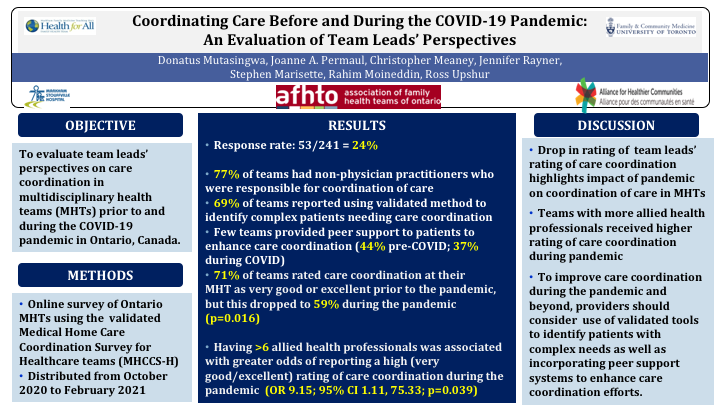POPLAR, the Primary Care Ontario Practice-Based Learning and Research Network
Some of the most substantial opportunities for transformative care, QI and research lie within primary care. Clinical research in primary care means that results are more generalizable to daily practice. Primary care practice-based learning and research networks are key building blocks for knowledge production, dissemination and practice improvement.

